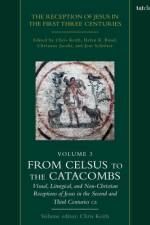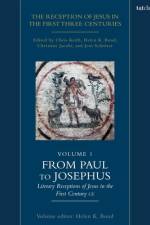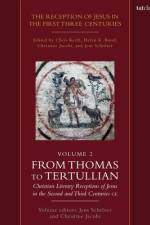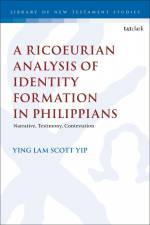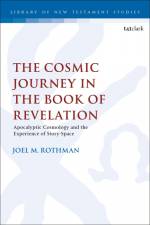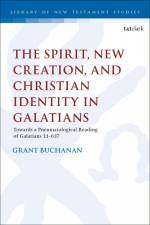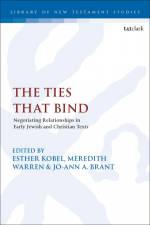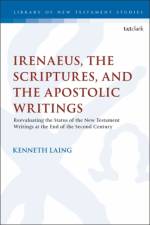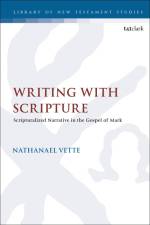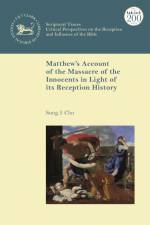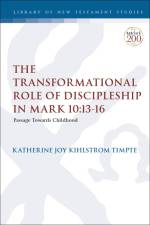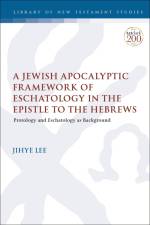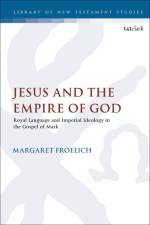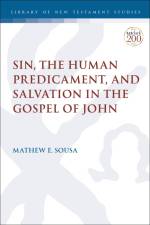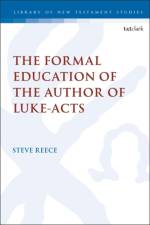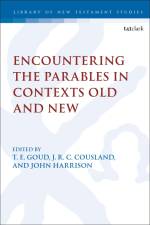- From Celsus to the Catacombs: Visual, Liturgical, and Non-Christian Receptions of Jesus in the Second and Third Centuries CE
av Chris Keith
497
The first three centuries were the formative period of Christianity. The developments during this time led to the distinction of canonical and non-canonical writings, to organizational structures of the Christian church, and to the establishment of the Christian creed. In The Reception of the Jesus in the First Three Centuries Chris Keith, Helen K. Bond, Christine Jacobi and Jens Schröter have collated a methodologically sophisticated resource. These volumes focus upon the diversity of reception of the Jesus tradition in this time period, highlighting the complex interactions between the inherited past and the present in which it is received. Rather than address texts specifically as canonical or non-canonical, the volumes show the more complex reality of attitudes towards and within early Christianity. Core literary texts such as Gospels and other early Christian writings are discussed in detail, but the volumes also highlight the importance of Jesus tradition in literary and non-literary contexts outside the gospel genre; including the Apostolic Fathers, patristic writers, traditions such as the Abgar Legend, and modifications to the gospel genre such as the Diatesseron. Evidence from material culture, such as pictographic representations of Jesus in the staurogram and Alexamenos Graffito, as well as visual presentations of gospel tradition in sarcophagi carvings, are also included in order to fully reflect the transmission and reception of the Jesus tradition. Volume 3 examines visual, liturgical and non-Christian receptions of Jesus in the second and third centuries, across 24 chapters. Methodologically the volumes draw on new approaches to history, memory, and tradition, to provide a cutting-edge approach that focuses upon reception-history rather than the putative actual past. This cutting-edge reference resource provides a fresh and comprehensive account of the complex development of early Christian thought about Jesus. It will fuel future discussions of early Christian history, the historical Jesus, the development of the New Testament canon, and non-canonical Jesus traditions for years to come.

